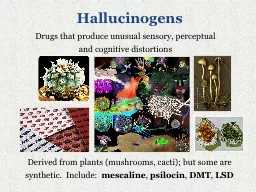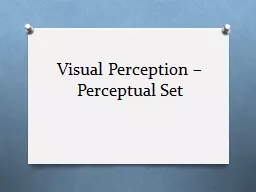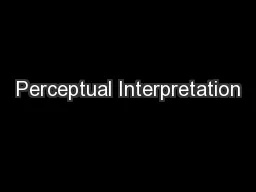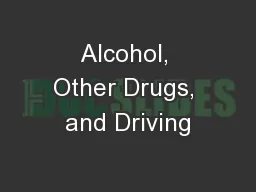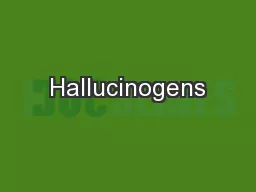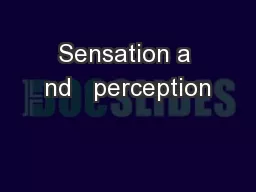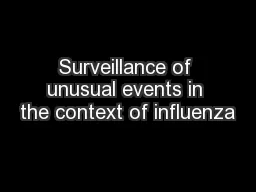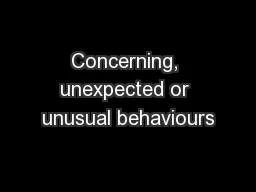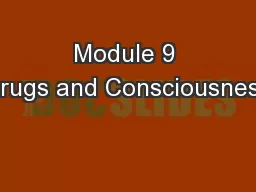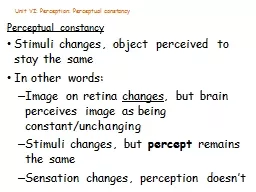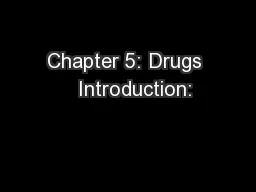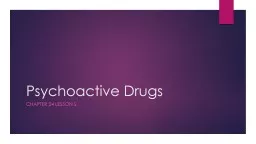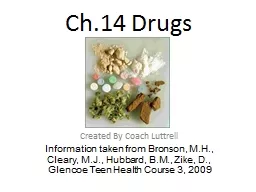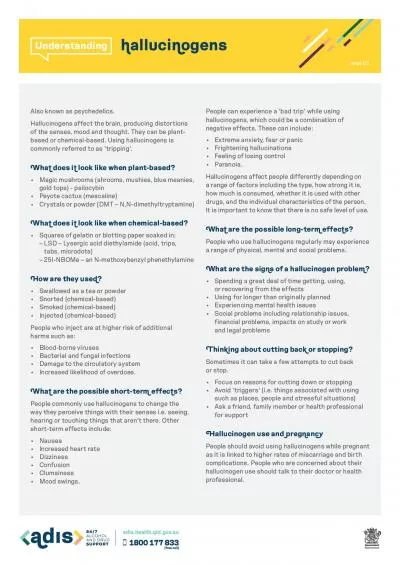PPT-Hallucinogens Drugs that produce unusual sensory, perceptual
Author : freakapple | Published Date : 2020-06-15
and cognitive distortions Derived from plants mushrooms cacti but some are synthetic Include mescaline psilocin DMT LSD Depictions of the effects of
Presentation Embed Code
Download Presentation
Download Presentation The PPT/PDF document "Hallucinogens Drugs that produce unusual..." is the property of its rightful owner. Permission is granted to download and print the materials on this website for personal, non-commercial use only, and to display it on your personal computer provided you do not modify the materials and that you retain all copyright notices contained in the materials. By downloading content from our website, you accept the terms of this agreement.
Hallucinogens Drugs that produce unusual sensory, perceptual: Transcript
Download Rules Of Document
"Hallucinogens Drugs that produce unusual sensory, perceptual"The content belongs to its owner. You may download and print it for personal use, without modification, and keep all copyright notices. By downloading, you agree to these terms.
Related Documents

